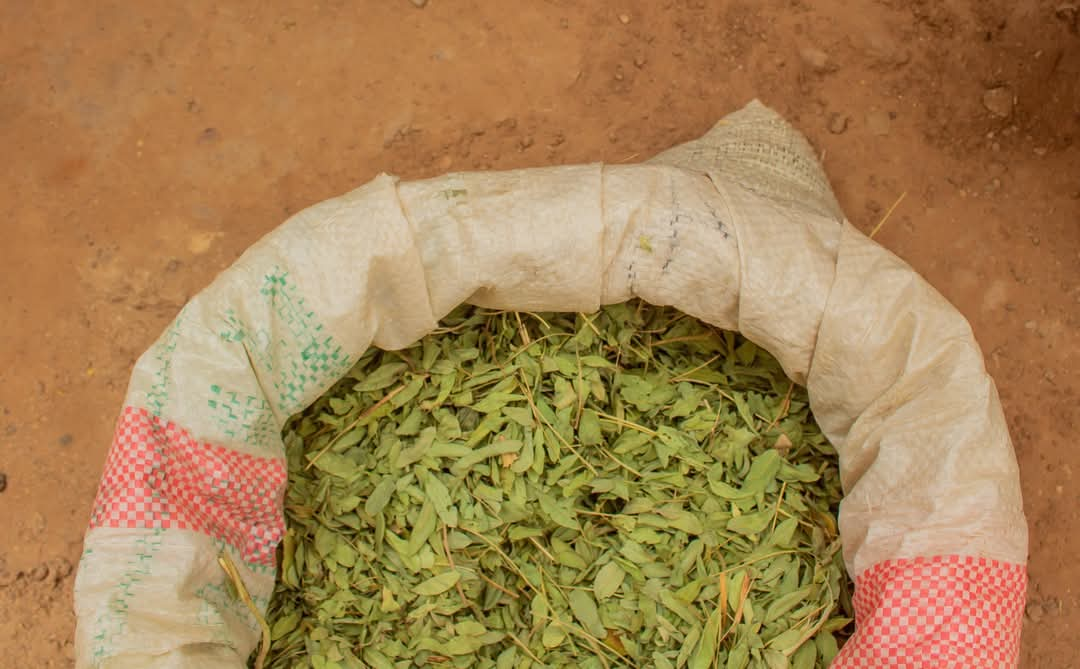Hilasko: A Century-Old Herbal Tradition Thriving in Katsina’s Historical Heart

Hilasko: A Century-Old Herbal Tradition Thriving in Katsina’s Historical Heart
Zaharaddeen Ishaq Abubakar: From Katsina Times Historical Desk
City of Katsina, one of the most historically significant cities in Northern Nigeria, is renowned for its deep-rooted heritage in culture, traditional crafts, and indigenous medicine. Among its many traditional remedies, Hilasko stands out as a herbal treatment revered for its cleansing properties and vitality-boosting effects—a legacy that traces its roots back centuries.
Hilasko, a naturally occurring medicinal herb, has earned wide acceptance across Hausa-Fulani communities and is particularly noted for its effectiveness in detoxifying the body, clearing mucus, and restoring physical energy. References to its benefits can be found in Islamic texts, further elevating its status among both local users and Muslim populations globally.
In an investigative report by Katsina Times, it was discovered that the trade and preparation of Hilasko in Katsina began in the historic Masanawa quarters. The origins of this legacy are tied to Hajiya Mai Sa’ida, a renowned herbalist who began preparing and selling the remedy over 115 years ago.
During an interview with her descendant, Yusuf Ibrahim—popularly known as Yusuf Soja—he traced the family’s generational involvement in the trade. “Our grandmother, Hajiya Mai Sa’ida, began the Hilasko practice around 1916. She inherited it from her maternal ancestors of the Bugaje (Buzaye) lineage. The trade was passed from her to her son, Alhaji Ibrahim Mai Hilasko, and then to his son, Alhaji Salisu, who returned from Niger Republic after the civil unrest in 1970. Eventually, I inherited it, and I’ve been running the business for 39 years now,” he explained.
Yusuf Ibrahim (Yusuf Soja)
According to Yusuf, Hilasko is a compound herbal remedy made from eleven natural ingredients. “There are five known types of the Hilasko plant, but we use the variety known locally as Dan Asbinawa (Azbin). Our preparation also includes substances like kanwa (local salt) and kimba (a traditional thickener). However, due to modern health concerns like ulcers and high blood pressure, I’ve reduced the use of certain elements to protect our clients’ wellbeing.”
Yusuf noted that Hilasko has become a vital source of income for him and his family, with a growing customer base both within and outside Katsina State. “Since I began, I’ve never received a complaint or experienced issues from those who’ve used the remedy. It’s become a trusted health aid for many, especially during Ramadan, though it is beneficial to take it at least once a month to cleanse the system,” he stated.
He added: “There are now more than ten households involved in Hilasko preparation across Katsina. Still, I’ve gained recognition due to the consistency and quality of our family’s legacy. During Ramadan, people come from far and wide just to purchase it.”
Despite the ongoing success of this traditional practice, health experts have raised the need for regulatory oversight. They recommend government health agencies introduce certification systems to ensure the safety of consumers and the standardization of traditional remedies like Hilasko. They also stress the importance of educating the public on proper dosage and appropriate usage.
Hilasko is more than a herbal remedy; it represents a cultural heritage, a source of livelihood, and a historical marker for indigenous healthcare in Northern Nigeria. In an era increasingly dominated by modern medicine, Yusuf Soja’s enduring practice serves as a powerful reminder of the value in preserving and refining traditional knowledge for future generations.
You can watch our full interview with Yusuf Soja on our social media platforms via Katsina City News and Katsina Times.

